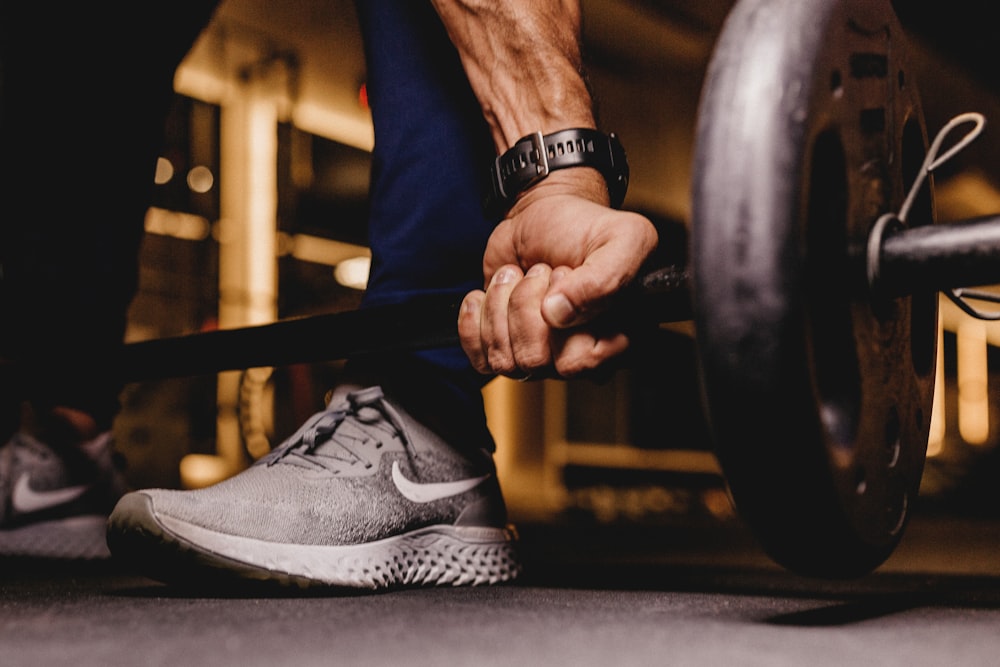目次
クロスエデュケーションが運動麻痺の改善に有効
理学療法士・作業療法士の皆様はクロスエデュケーションってご存知でしょうか?
クロスエデュケーションというのは非麻痺側の活動を使って麻痺側の筋活動を向上させる手法ですが,古くから用いられてきた手法の1つです.
スポーツ分野もそうですが脳卒中片麻痺例に対してもこのクロスエデュケーションを用いた介入の有効性が示されるようになってきております.
今回は脳卒中片麻痺例に対するクロスエデュケーションの運動麻痺に対する有効性を明らかにした研究論文をご紹介させていただきます.

今回ご紹介する論文
Exp Brain Res. 2018 Jul;236(7):2009-2021. doi: 10.1007/s00221-018-5275-6. Epub 2018 May 5.
Unilateral wrist extension training after stroke improves strength and neural plasticity in both arms
Yao Sun 1 2 3, Noah M H Ledwell 4, Lara A Boyd 4, E Paul Zehr 5 6 7 8
Affiliations expand
PMID: 29730752 DOI: 10.1007/s00221-018-5275-6
今回ご紹介する論文は2018年に掲載された比較的新しい論文です.
研究の目的
Stroke induces bilateral neurological impairment and muscle weakness yielding neurologically more (MA; paretic) and less affected (LA; non-paretic) sides. “Cross-education” refers to training one side of the body to increase strength in the same muscles on the untrained side. Past work showed dorsiflexion training of the LA side produced bilateral strength increases after stroke. The current study explored the presence and extent of cross-education after arm strength training in chronic stroke.
脳卒中は両側の神経障害と筋力低下を引き起こし,神経学的には麻痺側と非麻痺側とといった両側に何らかの影響が生じます.
Cross educationというのは身体の片側をトレーニングして,トレーニングを受けていない側の同じ筋肉の強度を高めるといったものです.
過去の研究では,脳卒中後に非麻痺側足関節の背屈トレーニングを行うと,両側の筋力が増加することが示されております.
この研究では,慢性期の脳卒中片麻痺例に対する筋力トレーニング後のCross educationの有無と程度を明らかにすることを目的としております.
研究の方法
Twenty-four chronic stroke participants completed 5 weeks of maximal wrist extension training using their LA arm. Maximal voluntary contraction force, arm motor impairment and functional performance were measured before and after training. Both spinal cord plasticity (n = 12: reciprocal inhibition and cutaneous reflexes, University of Victoria) and cortical plasticity (n = 12: cortical silent period, short-interval intracortical inhibition, intracortical facilitation and transcallosal inhibition, University of British Columbia) were assessed.
慢性期脳卒中例24例を対象として,非麻痺側上肢を用いた最大手関節背屈トレーニングを5週間実施しております.
最大随意収縮力,上肢運動障害,機能的パフォーマンスをトレーニング前後に評価しております.
また脊髄可塑性と大脳皮質可塑性についても評価が行われております.
研究の結果
Five weeks after training, 20 participants completed a follow-up maximal wrist extension retention test. LA wrist extension force increased 42% and MA by 35%. Strength gains were maintained in the follow-up test. Clinically meaningful increases in Fugl-Meyer scores were noted in four participants. Muscle activation was correlated with cutaneous reflex amplitudes after training in the MA arm. LA cortical silent period and transcallosal inhibition from both hemispheres significantly decreased after training.
トレーニングの5週間後,20例の脳卒中例がフォローアップの最大手関節背屈筋力評価を行っております.
非麻痺側の手関節背屈伸展力は42%,麻痺側の手関節背屈筋力は35%改善を認めており,筋力の向上はフォローアップテストでも維持されております.
また4例でFugl-Meyerスコアが臨床的に有意に改善しております.
さらに筋活動の活性化と皮膚反射振幅の間に有意な相関関係が認められております.
トレーニング後には非麻痺側大脳皮質のサイレント期間と両半球からの脳梁を介した抑制が有意に減少しております.
研究の結論
This study shows that high-intensity training with the neurologically less affected “non-paretic” arm can improve strength bilaterally and alter both spinal and cortical plasticity. The extent to which this plasticity can be enhanced or functionally exploited remains to be examined.
この研究から神経学的に影響を受けていない非麻痺側での高強度トレーニングが,麻痺側および非麻痺側の筋出力を向上させ,脊髄と皮質の可塑性を変化させることが明らかとなりました.
今回は脳卒中片麻痺例に対するクロスエデュケーションの運動麻痺に対する有効性を明らかにした研究論文をご紹介させていただきました.
伝統的に行われてきたCross educationですが,脊髄・大脳皮質レベルの可塑性にも影響を及ぼすというのは興味深いですね.
非麻痺側をうまく使って麻痺側機能を改善させる方策をわれわれも考える必要がありますね.







コメント